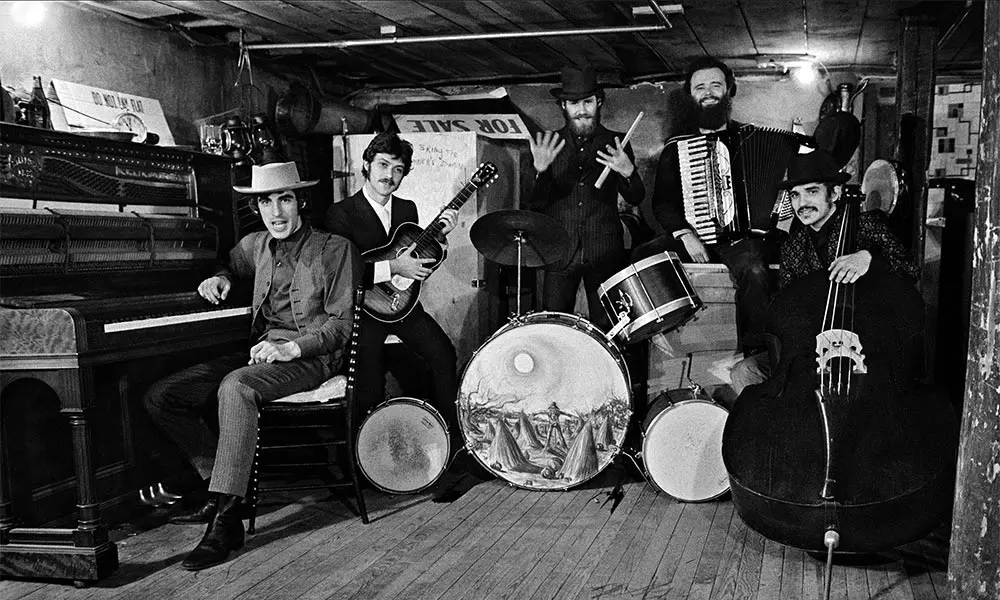
A Ragged Ode to Rustic Rebellion and the Reluctant Wanderer’s Return
When The Band released “Up On Cripple Creek” in November 1969, it climbed steadily to No. 25 on the Billboard Hot 100, a modest yet meaningful success that underscored the group’s deepening resonance with a generation searching for something both timeless and new. Nestled within the grooves of their self-titled second album, The Band, this song signaled a defining moment not only for the group but also for American roots music itself—a seamless synthesis of rock, blues, folk, and funk filtered through the sepia lens of working-class storytelling.
“Up On Cripple Creek” is more than just a tale of a weary drifter’s escapades; it is a sonic mural painted in mud and whiskey, charting the disillusioned rhythms of life on the road and the gravitational pull of home—whatever or whoever that may be. With its swampy clavinet riff, courtesy of Garth Hudson’s pioneering use of a wah-wah pedal, and Levon Helm’s earthy Arkansas drawl leading the charge, the track radiates a kind of backwoods authenticity that feels both mythic and intimately lived-in.
At its core, the song is about Big Bill—a truck-driving rambler who’s found solace and mischief in a woman named Bessie down by Cripple Creek. Through Bill’s laconic reflections, The Band constructs an emotional geography that maps out desire, regret, temptation, and loyalty with casual poeticism. There’s no grand redemption here; instead, we find a man half-heartedly chasing freedom while tethered to his own contradictions. He drinks, gambles, and flirts with infidelity, but always returns to Bessie—not because she offers salvation, but because she simply lets him be.
What makes “Up On Cripple Creek” so enduring is its refusal to moralize. Robbie Robertson’s lyrics are observational rather than prescriptive; they eavesdrop rather than sermonize. It’s a song that acknowledges the messiness of human behavior without trying to clean it up for radio. In Helm’s drawl—equal parts mischief and melancholy—we hear not just a character sketch but an entire cultural milieu: Southern, stubborn, complex.
Musically, the track is deceptively sophisticated. The groove is thick and humid, driven by Rick Danko’s elastic basslines and Richard Manuel’s percussive piano work. But it’s Hudson’s clavinet that truly steals the show—its watery funk prefiguring sounds that would later dominate 1970s soul and R&B. This unexpected fusion gives the song its playful bounce without ever undercutting its emotional depth.
In many ways, “Up On Cripple Creek” encapsulates what made The Band such an enigmatic force during their prime: their ability to channel old American archetypes through modern musical experimentation. It’s rustic but not regressive; innovative without ever sounding flashy. This track doesn’t just tell a story—it builds a world. And in that world, one finds all the grit, grace, and gentle absurdity of real life etched into every bar and beat.